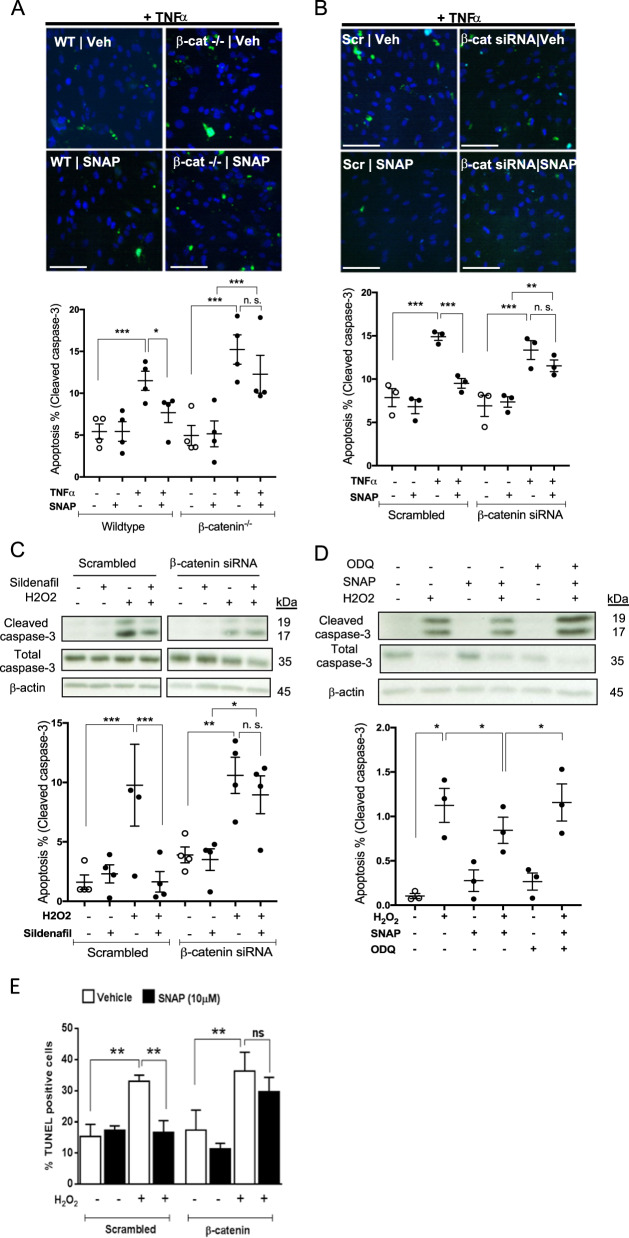Fig. 2. β-catenin mediates the anti-apoptotic effects of NO in static HUVEC.
a Wild-type and β-catenin−/− MPECs were treated with SNAP (10 µM) or vehicle. b HUVEC were transfected with siRNA targeting β-catenin (100 nM) or scrambled control and cultured for 72 h before treatment with TNFα (10 ng/ml) for 18 h in the presence or absence of SNAP (10 µM). a, b EC were fixed and incubated with anti-cleaved caspase-3 antibody and DAPI. Representative images are shown. The percentage of cleaved caspase-3 positive cells was calculated in five randomly selected fields of view (n = 4). c HUVEC were transfected with siRNA targeting β-catenin (100 nM) or scrambled control and cultured for 72 h before treatment with H2O2 (200 µM) for 6 h in the presence or absence of sildenafil (50 nM; n = 4). The bands shown by way of example are from the same experiment. d HUVEC were treated with H2O2 (200 µM) for 6 h in the presence of SNAP (10 µM), ODQ (10 µM) or both in combination (n = 3). c, d Cleaved (17 and 19 kDa) and full length (35 kDa) caspase-3 were detected in western blots of cell lysates and normalised to β-actin. Densitometry values are shown expressed relative to vehicle control. e HUVEC were transfected with siRNA targeting β-catenin (100 nM) or scrambled control and cultured for 72 h before treatment with H2O2 (200 µM) for 6 h in the presence or absence of SNAP (10 µM, following which cells were fixed and DNA fragmentation assessed using a Click-IT TUNEL Imaging Kit (n = 5). All analyses by one-way ANOVA with repeated measures, ns non-significant, *p ≤ 0.05, **p ≤ 0.01, ***p ≤ 0.001. Scale bars show 100 mm.

